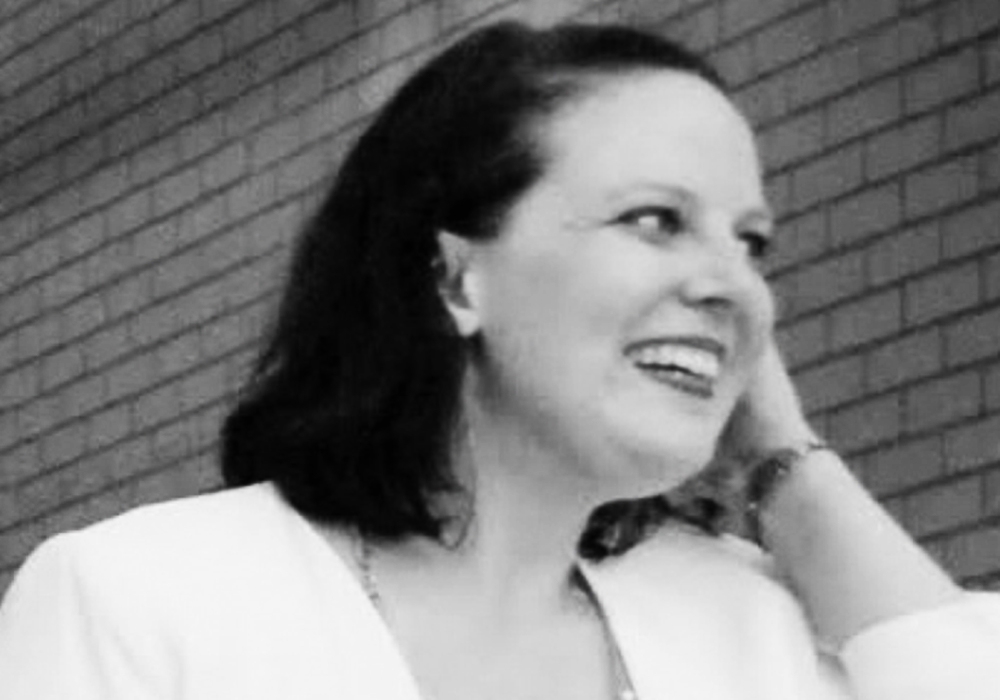Kanchi Uttamchandani, Staff Writer
Although York has a sexual assault policy, concerns persist that the policy discriminates against victims.
Mandi Gray, founder of the Silence is Violence coalition, says while York’s policy uses progressive language and claims to be “survivor-centric,” the problem is a lack of institutional procedure and critical reflection upon the process following a disclosure of sexual assault.
“York continues to fail students, faculty, and staff who report sexual assault. The policy is not the problem, the lack of procedure is,” says Gray.
Gray says reporting cases of sexual assault often leads to dead ends, and remarks that institutions encourage reporting because they want to appear competent in addressing issues of sexual assault.
“However, anyone who has experienced reporting to any institution, whether that is the university, security services, the police, or their workplace, more often than not, experiences of sexual violence are minimized, silenced, and ignored,” she adds.
“I understand some may find that reporting is central to their healing process, but for most, reporting sexual assault will merely prolong the experience of violence and create additional psychological, emotional, and financial hardship,” says Gray.
Samina Sami, executive director of Community Safety Department, says a working group of students and staff are engaged in addressing sexual violence collaborated on the development of the policy, which was approved by York’s Board of Governors last year.
That process recognized the importance of survivors’ experiences and included consultations with members of the community, service providers, and other groups, according to Sami.
“York’s stand-alone policy recognizes the role universities can play in addressing sexual violence, in supporting survivors, and in raising public awareness about this societal harm,” says Sami.
The Sexual Assault Awareness, Prevention, and Response Working Group’s foremost commitment, guided by a survivor-oriented mandate, is to ensure the voices of our community are heard in the discussion and to ensure that survivors are properly supported, with all options outlined clearly,” she adds.
Some of the procedural options that have been examined include a single point of contact for reporting and supporting survivors through the process.
York continues to develop the Active Bystander Program, which aims to raise awareness about the issue of sexual violence and show community members how each and every person can contribute to prevention of sexual violence, has been piloted to key groups on campus to positive feedback, according to Sami.
“York aims to meet the needs of survivors and to provide care and support throughout their process, recognizing that the needs of a survivor immediately following an experience of sexual assault may be different than their needs over time,” says Sami.
“The decision of what services to access and when is up to the survivor. Regardless of their access point, all services are able to make referrals and connect them directly with other on-campus or off-campus resources,” she adds.
At this point in time, York has implemented 85 per cent of the safety recommendations stemming from the METRAC Safety Audit.
In the meantime, York’s working group is reviewing all existing policies and procedures related to sexual violence, with a view to meet or exceed the new legislative and regulatory standards mandated by Bill 132, which received Royal Assent on March 8.
Follow us on instagram, @excalphotos


